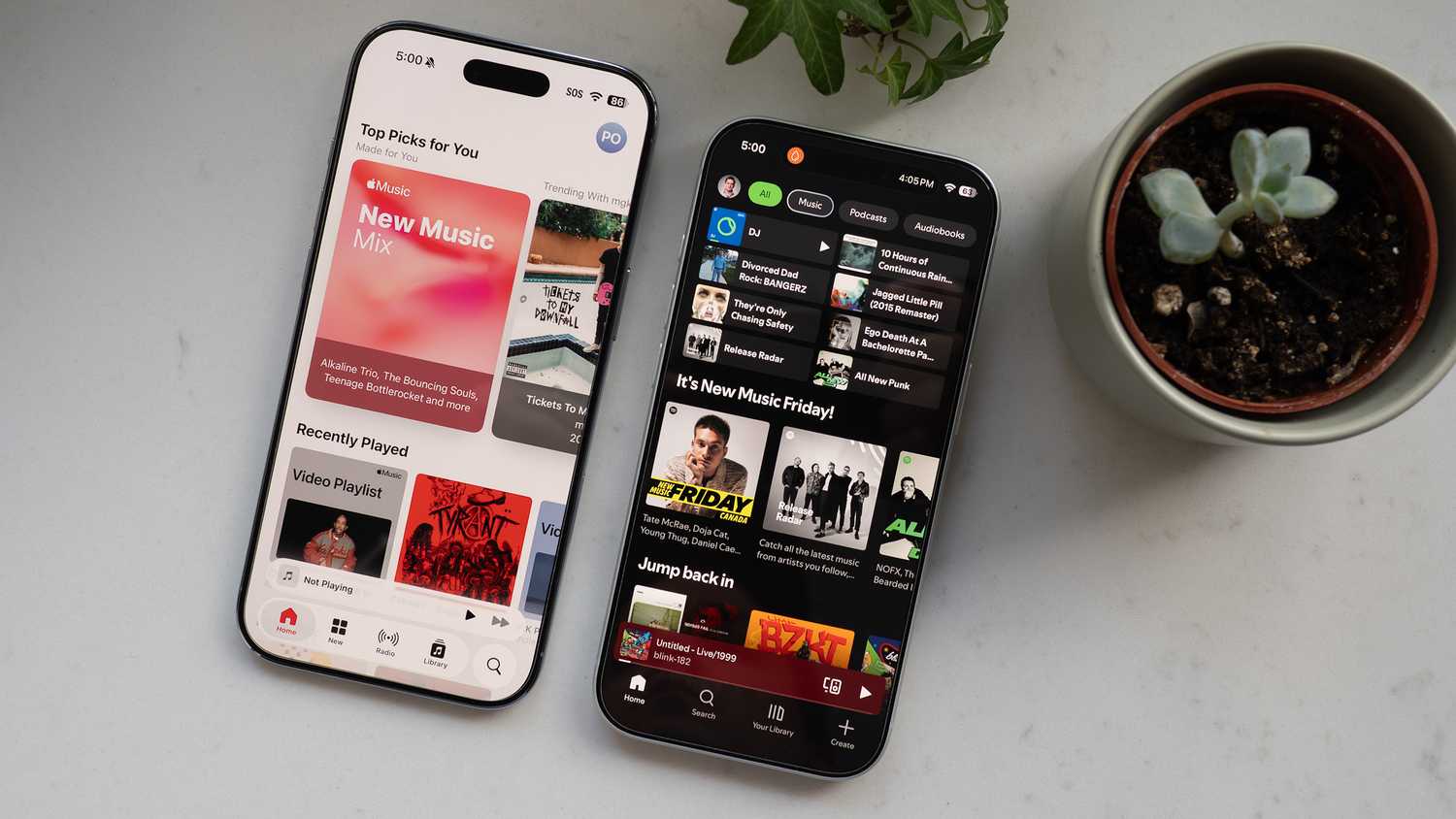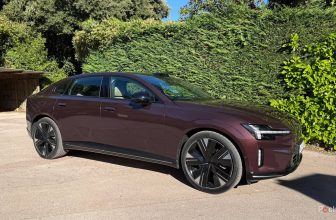Recently, I received the update from Spotify that allows me to access their lossless streaming audio options. I’m insatiably curious, so after years of Spotify promising to provide its 276 million users (as of July 2025) with a lossless audio option, I couldn’t help but recognize the fulfillment of this years-long promise with a review of the audio quality on offer now.
What would a review of Spotify lossless be without comparing it to some of its competitors? After all, this new option doesn’t exist in a vacuum. Streaming services like Qobuz, Tidal, Deezer, and Apple Music have had lossless audio for years now, so I will also compare and contrast a couple of them with Spotify Premium’s audio quality.
Spotify lossless, solo’d
A critique of Spotify, against itself
There are a few things that go into how you experience sound, focusing on hardware and not your physiology. The source(s) are Spotify and your phone. Then, you’ll need a DAC (digital-to-analog converter) to get the lossless audio from your source to your ears. Even the lightning or USB-C-to-3.5 mm adapters you can buy have miniature DAC chips. Last, you have over-ear headphones, or in-ear monitors (IEMs), or Bluetooth earbuds. That’s a simplified, condensed version of what goes into the experience, but it’s a great starting point for those new to lossless audio and for those of a certain age being reintroduced to it.
With that in mind, I grabbed a few things to test Spotify against itself and some competitors:
- Google Pixel 9
- iPhone 16 Pro Max
- Questyle M18i USB-C/Bluetooth DAC
- Sennheiser IE900
- Campfire Axion IEMs with inline DAC and microphone
- Bowers & Wilkins Px7 S3
The phone choices are obvious; I wanted to test on both Android and iOS. The DAC was chosen because it is widely regarded as very transparent, which means I should hear the music as close to how it was recorded as possible, and the same goes for the IE900’s sonic qualities. The Axion is a good product for testing because everything you need to listen to lossless is in one neat little package. And though I could use the Px7 S3 for wired listening, I chose to use it to see how Bluetooth would sound with lossless being compressed to pass the signal to the headphones.
I wanted to hear the difference between the audio options with no heavy tuning, so I A/B-tested the Lossless setting against the Normal setting with the M18i and IE900 first. I went through a playlist that covers multiple genres of music, from Hip Hop, Big Band Jazz, and Dubstep, to Rock, Pop, Orchestral, and film scores. Was there a difference? The IE900 lets you hear every detail in a piece of music, so there was indeed a difference between the two settings. Here’s the thing, though: it wasn’t night and day. As a matter of fact, I don’t think that most people will notice a difference unless they have the right equipment.
I know this because I’ve done A/B testing with folks I know, and many of them couldn’t hear a difference between lossless and compressed streams, even with high-end listening gear. The songs I first listened to and found only a subtle difference were:
- Michael Jackson – “Wanna Be Startin’ Somethin’”
- The Roots – “Do You Want More?!!!?”
- Esparanza Spalding – “I Know”
- System of a Down – “Toxicity”
- Paul Simon – “Diamonds on the Souls of Her Shoes”
- Charles Mingus – “Moanin'”
- Michael Abels, Wolfgang Mozart – “Violin Duel”
Just a little side note. I found that Spotify has an issue switching between formats. If you change listening formats while playing a playlist, it’s supposed to switch to the new format when the next song begins, but I found myself having to exit one playlist, choose another, then come back to the one I was trying to play to switch back to Normal from Lossless. I’m sure it’s just early days’ bugs, but beware if you’re doing your own testing.
Spotify vs Apple and Tidal
Spotify has some serious competition
I talked about the difference, in numbers, between the file specifications that Spotify chose and what Apple offers in this article. With Apple and Tidal both offering FLAC files streamed at up to 24-bit/192kHz, it was a curious choice to go with 24-bit/44.1kHz. Among a few other reasons, likely it’s because humans can’t hear anything beyond what Spotify’s lossless option offers. Well, bad news, I can hear the difference.
A/B testing Spotify against Apple Music and Tidal on the Pixel 9 and iPhone 16 Pro Max, with all the gear, Apple and Tidal tracks sound audibly better than Spotify’s tracks. What you get with competing services’ lossless offerings highest resolutions is streams of 9,216kbps versus Spotify’s 2,116kbps. Theoretically, more data equals more dynamic sound. You will need the right equipment to maximize these differences, but the soundstage opens up, greater texture and nuance are revealed, and bass extension is deeper and darker when listening to higher quality tracks on Apple Music and Tidal via a quality DAC and IEMs with a 4.4mm Balanced connection.
There’s one catch here: “UP TO.” Apple and Tidal both offer lossless tracks with the caveat, “up to 24-bit / 192kHz.” What that means is your mileage may vary. You may hear a track on Spotify that sounds as good as it does on Apple or Tidal, and if you check the resolution, it may be the same across the services. When you find tracks offered at their highest resolutions, the difference should be pretty conclusive with the right hardware in play.
Spotify Wrapped
Spotify’s lossless stream is more of a drip
Spotify gives users plenty of reasons to love the service they’re getting! From AI DJs to an algorithm for discovery that people love, solid social sharing tools, and a fantastic shuffle algorithm, Spotify has what many folks like, and their subscriber numbers support that.
Lossless, though, isn’t one of the reasons to go with Spotify over other options on the market. I’m glad its there, and who knows, maybe at some point they’ll increase the resolution. For today, though, my money’s going elsewhere when I want all the bit-perfect sound my audio setup can deliver.
Trending Products

Wireless Keyboard and Mouse Combo, ...

Lenovo New 15.6″ Laptop, Inte...

Dell Inspiron 15 3520 15.6″ F...

Acer Nitro KG241Y Sbiip 23.8” Ful...

Wireless Keyboard and Mouse Combo, ...

Zalman i3 NEO ATX Mid Tower Gaming ...

GAMDIAS ATX Mid Tower Gaming Comput...

Sceptre Curved 24-inch Gaming Monit...

Acer SH242Y Ebmihx 23.8″ FHD ...








